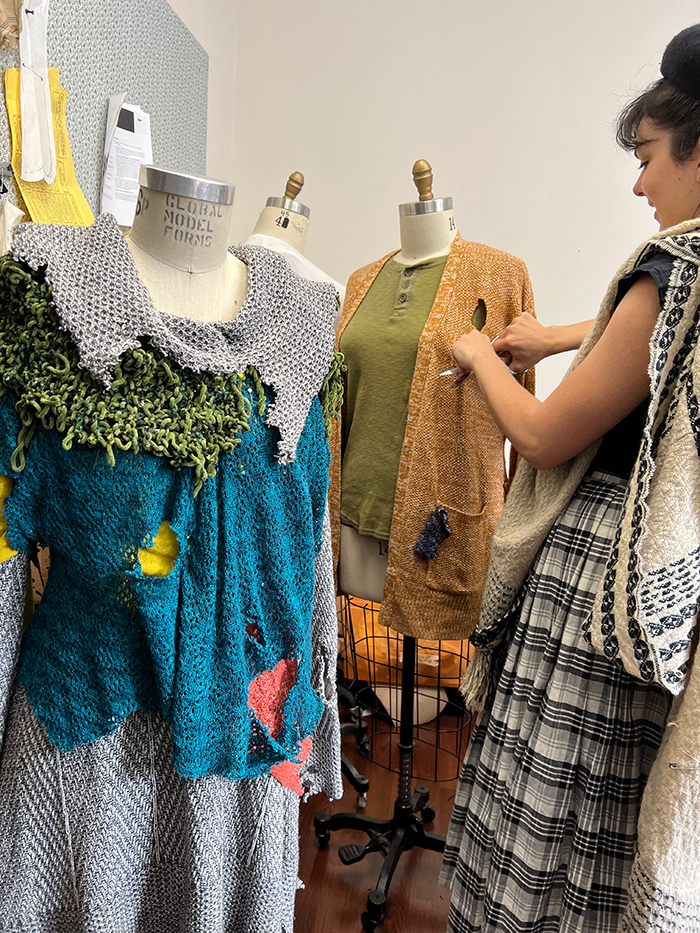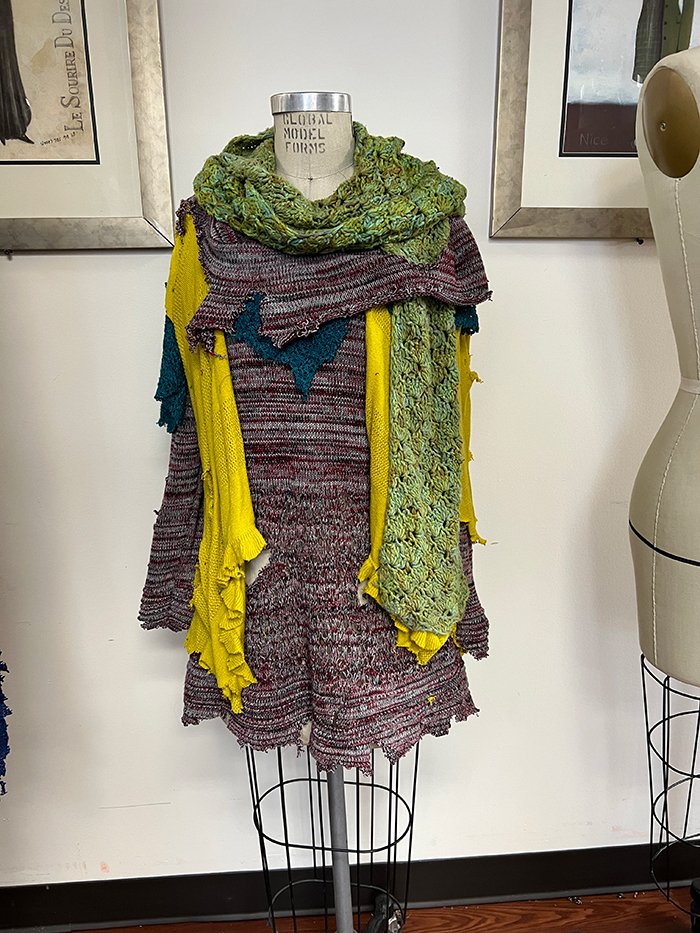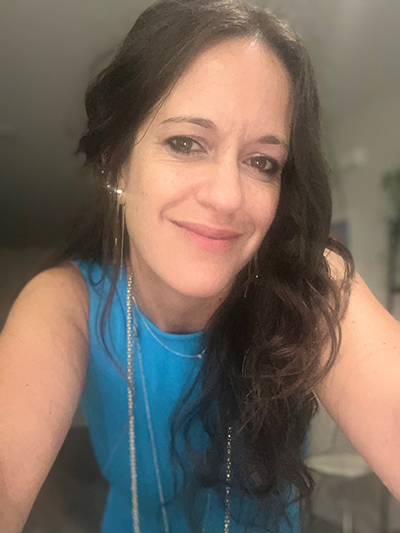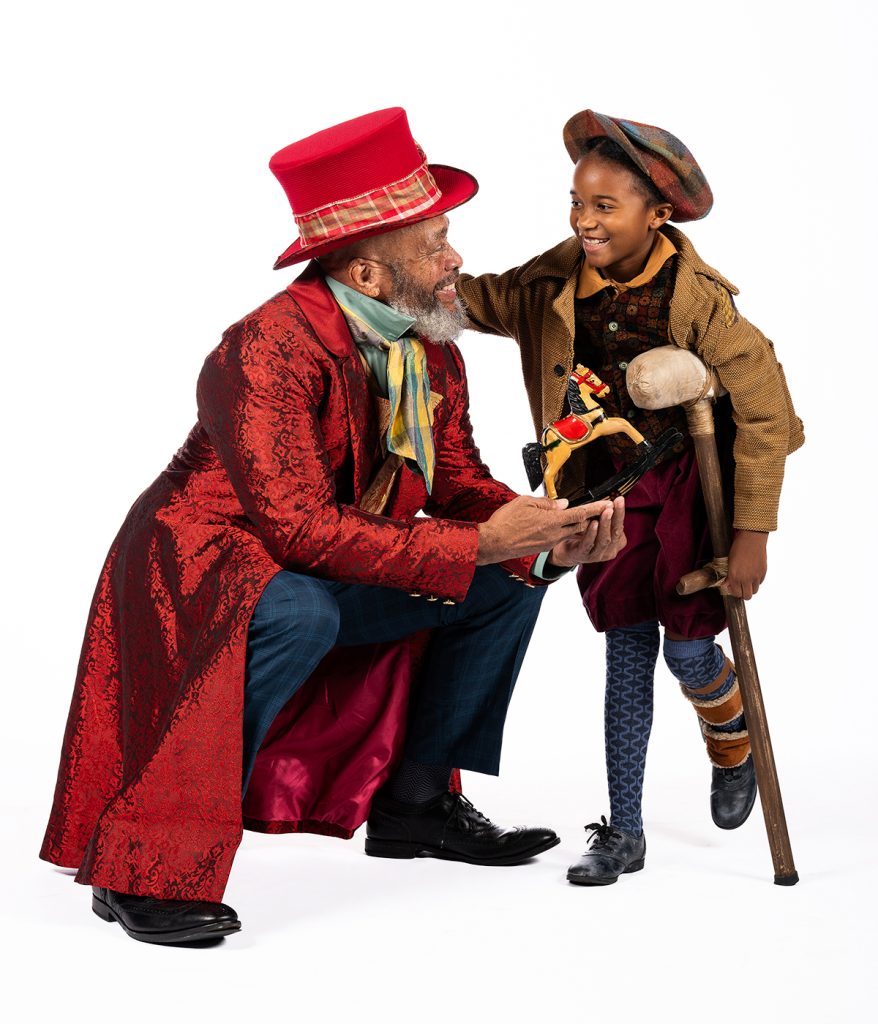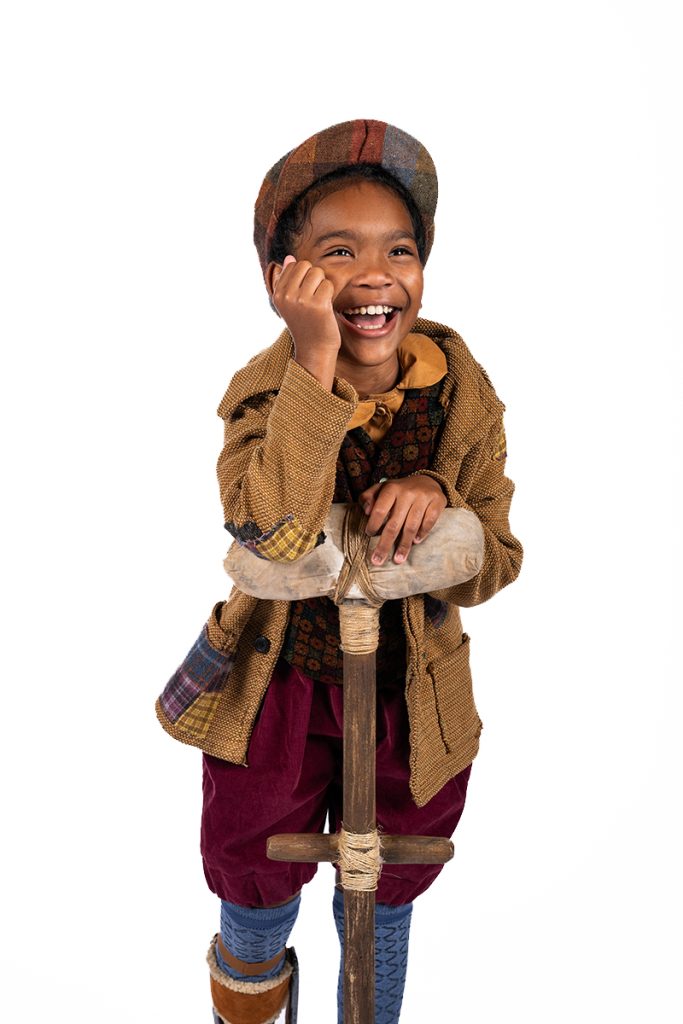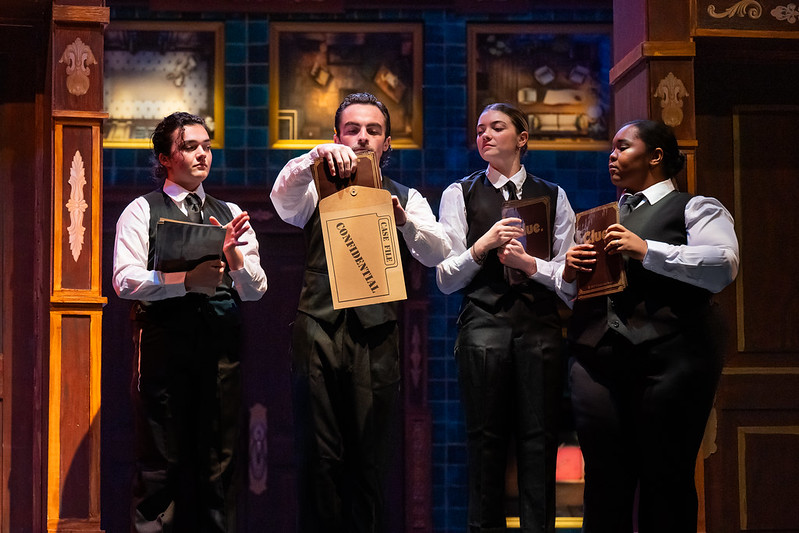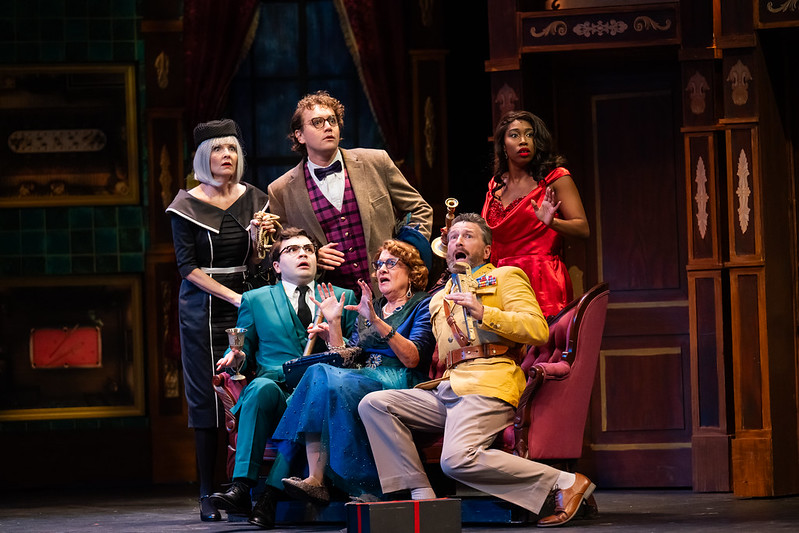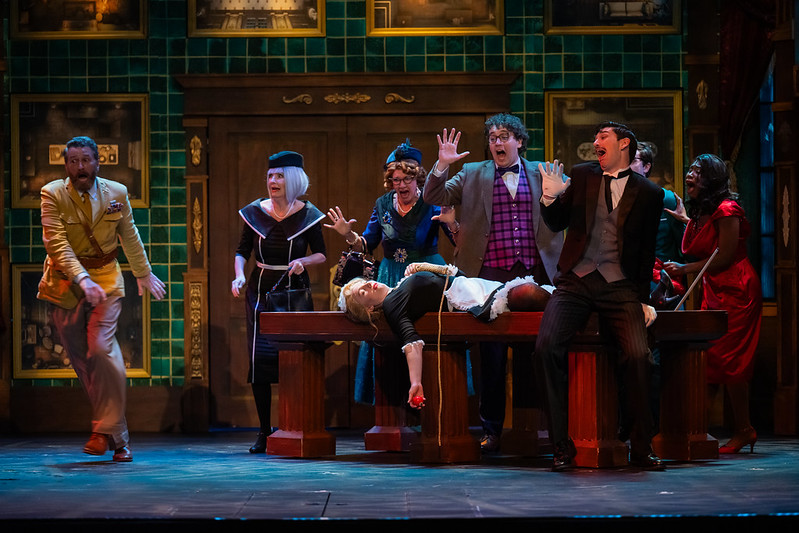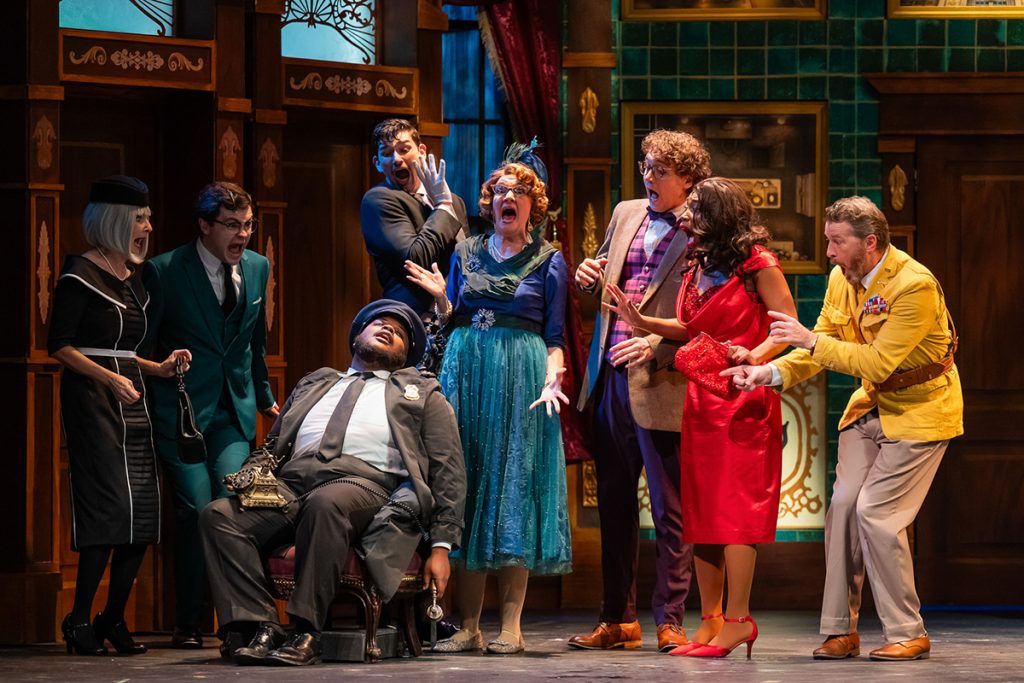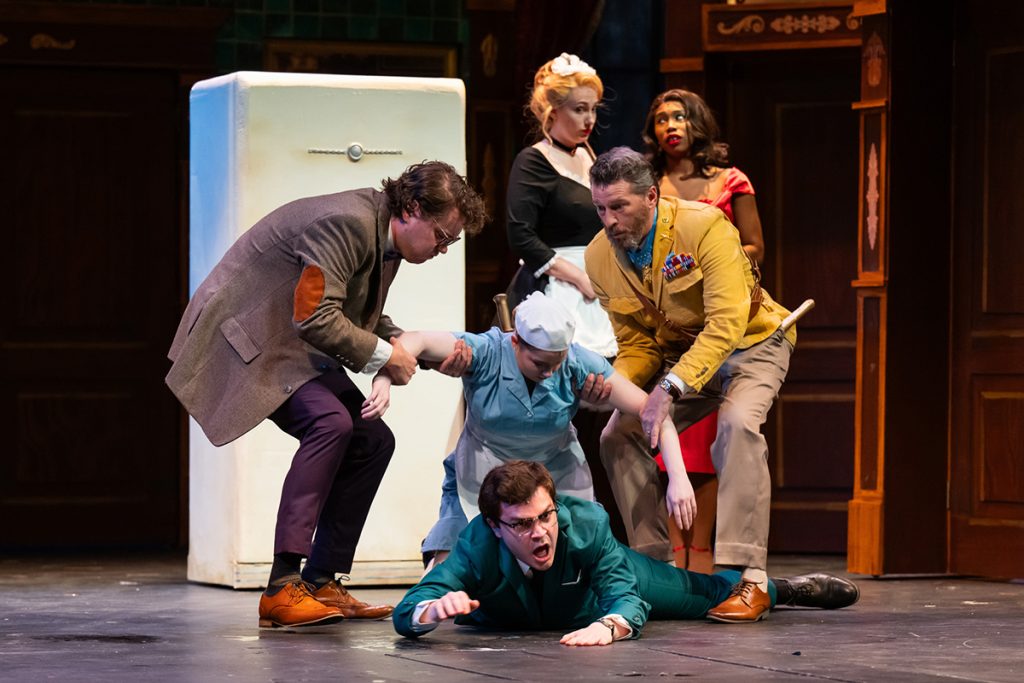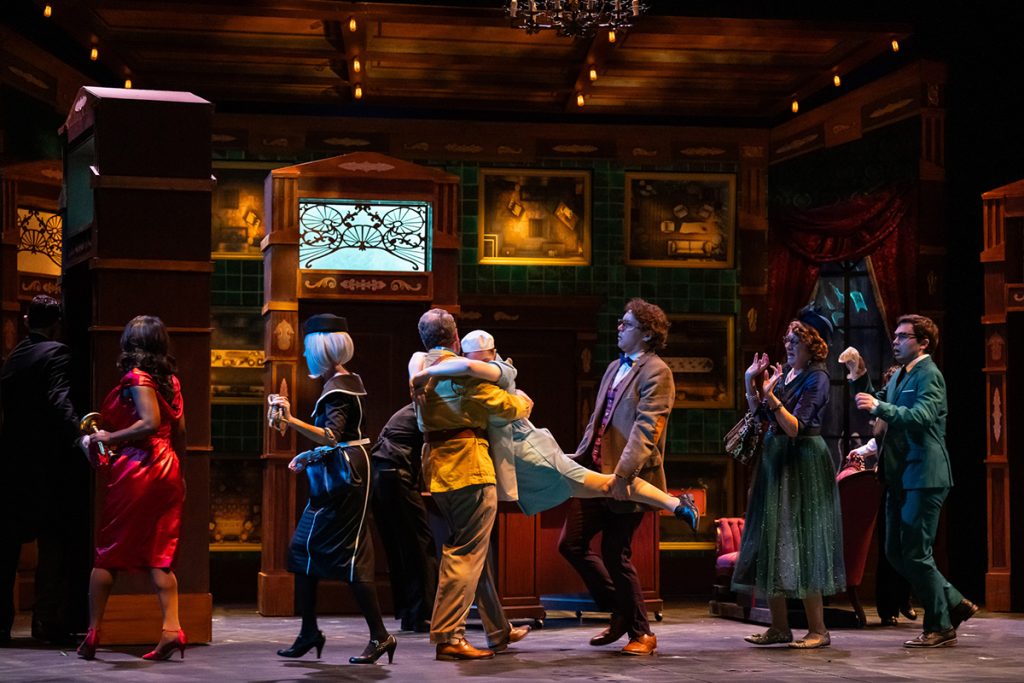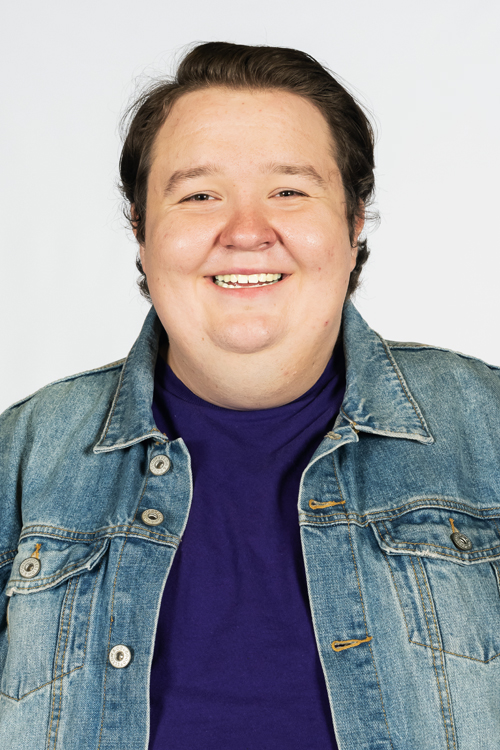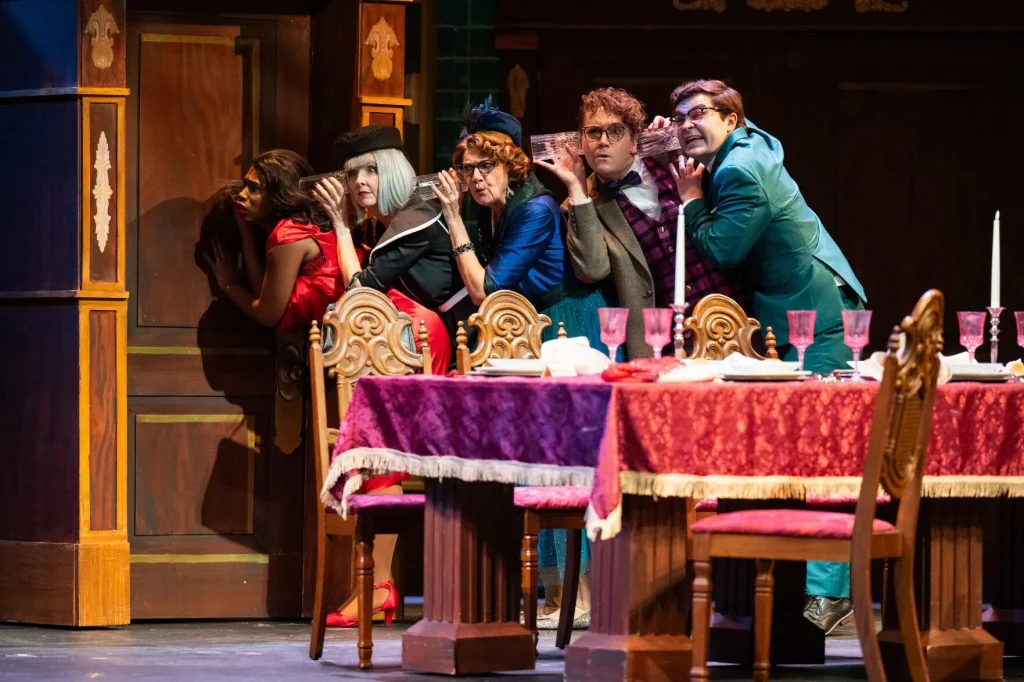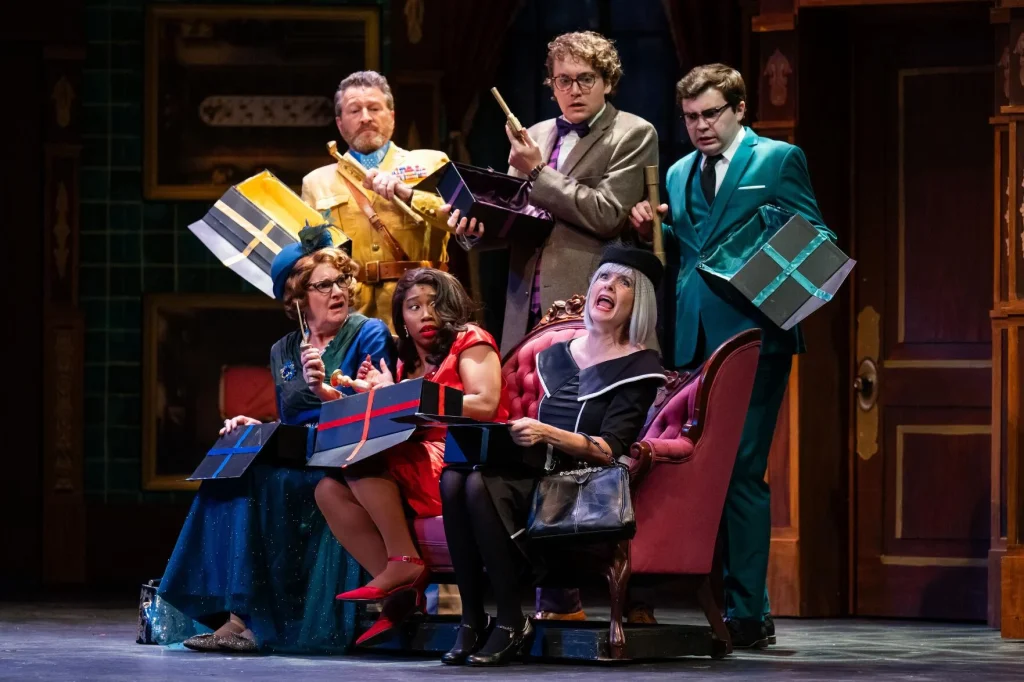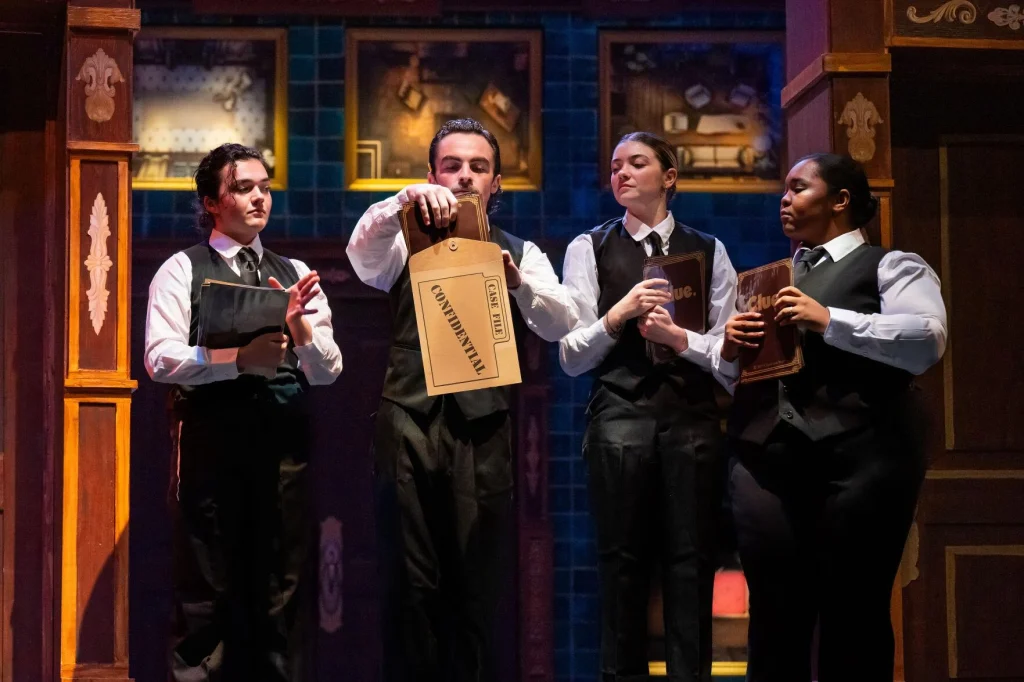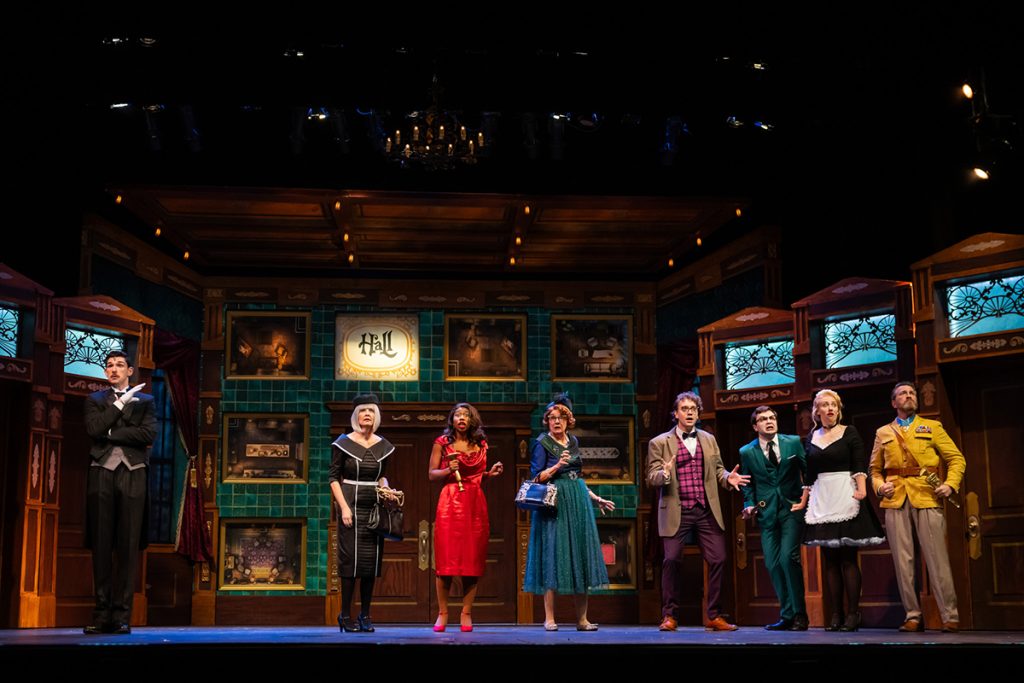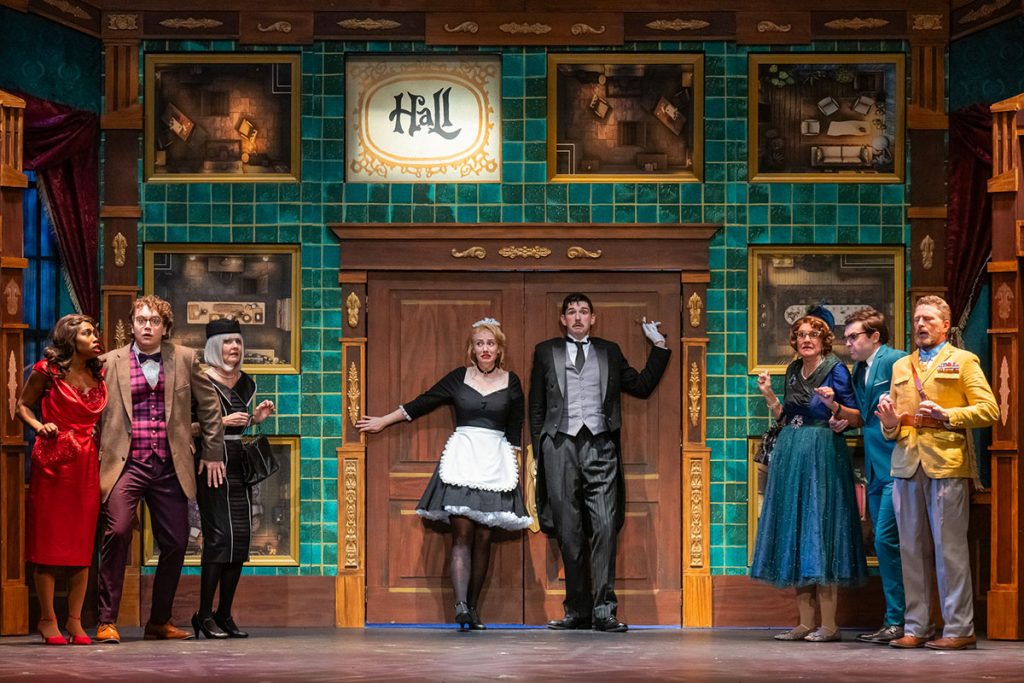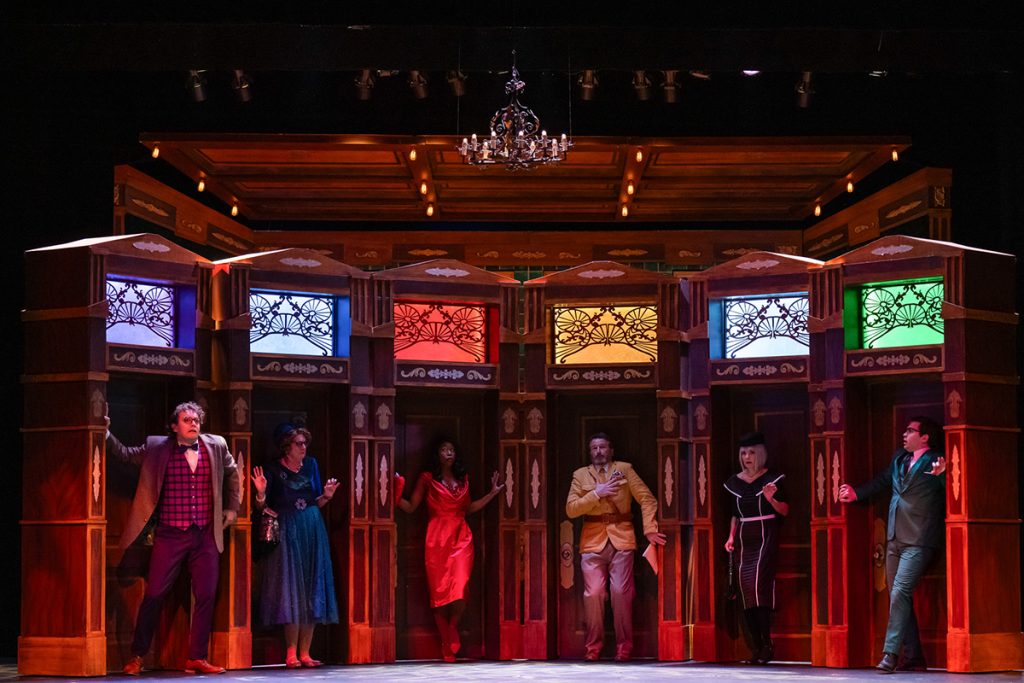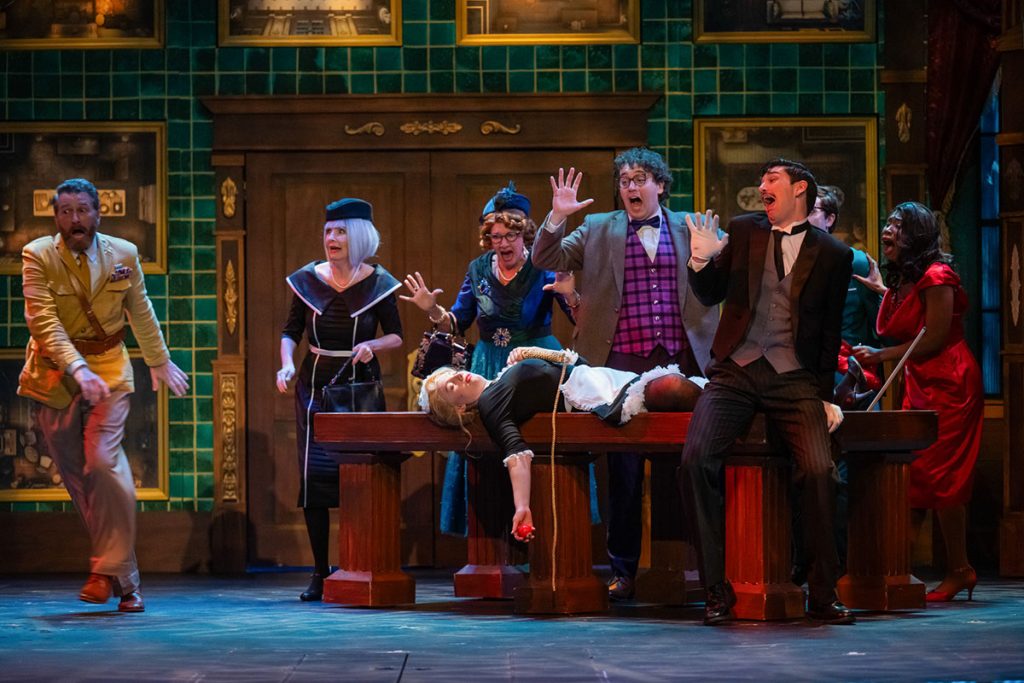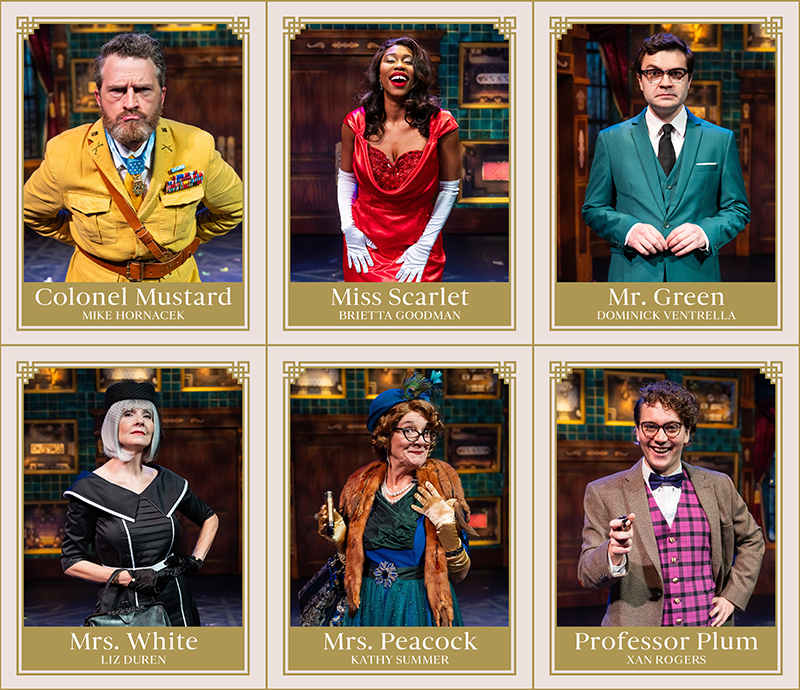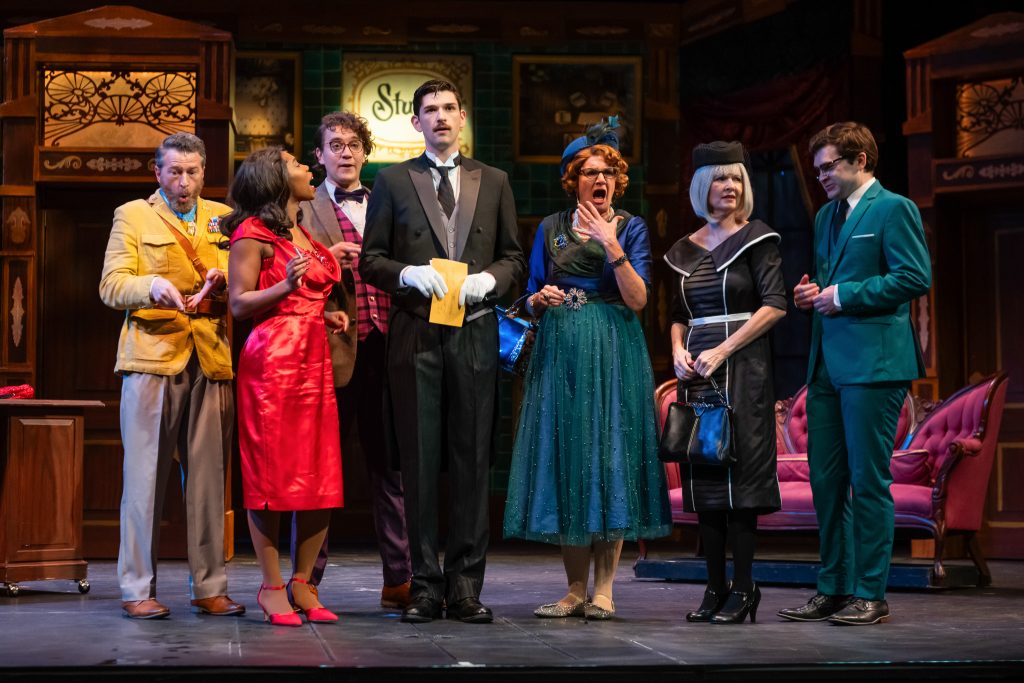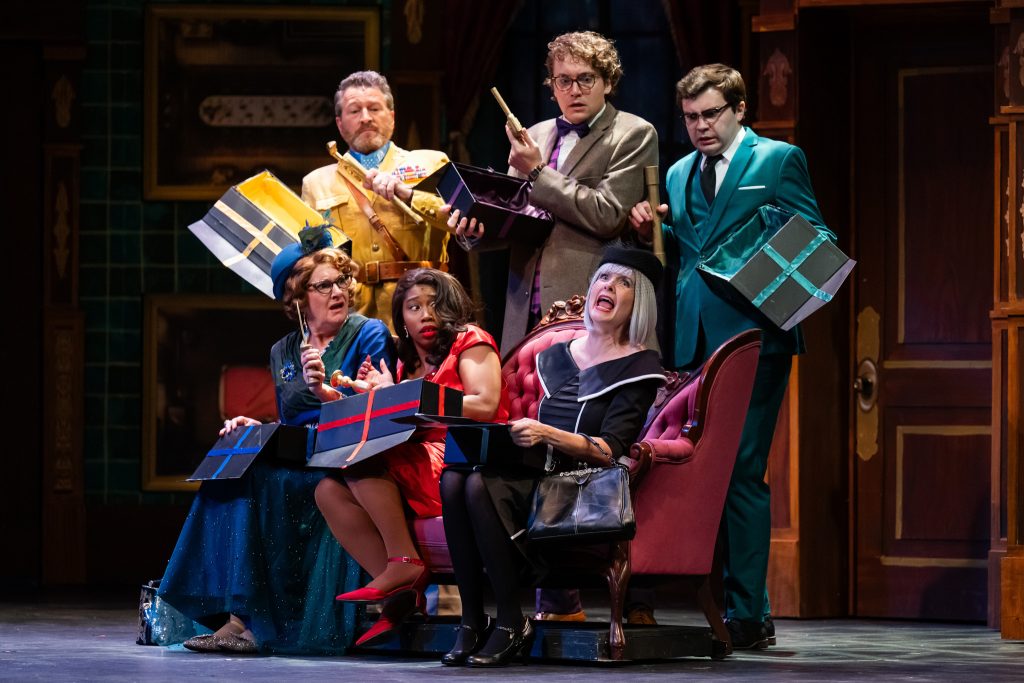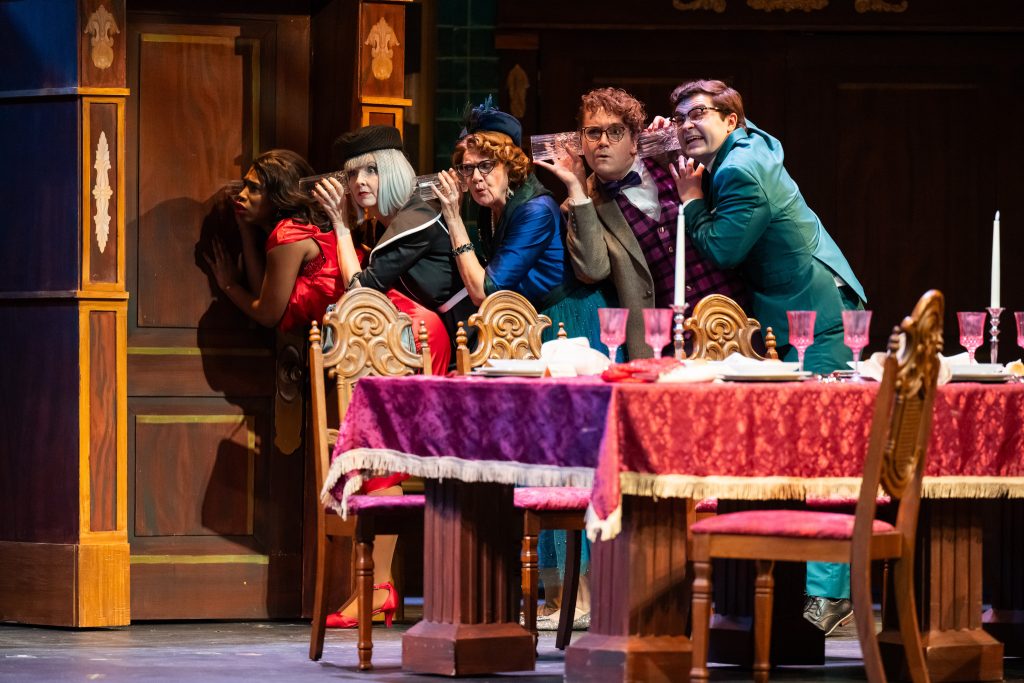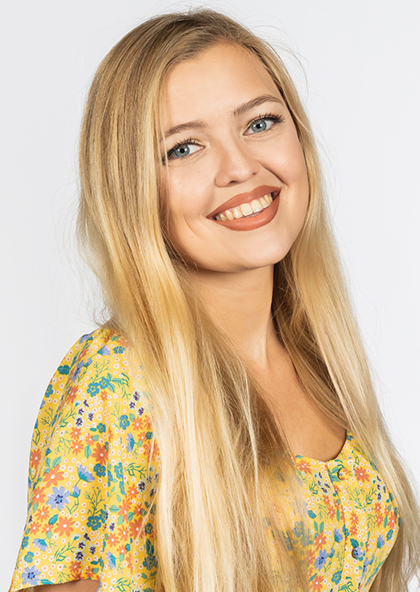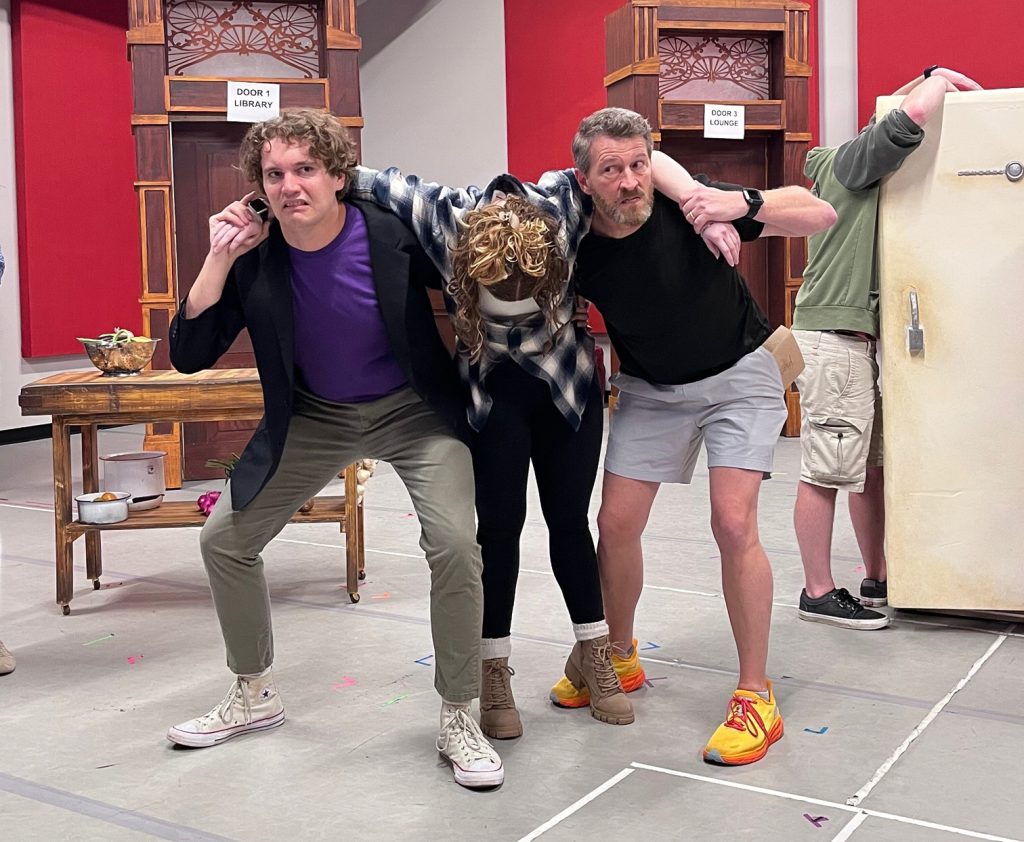Explore the intricate details of K’nique Eichelberger’s artistic approach as the Choreographer for A CHRISTMAS CAROL in this special interview. Get ready for another season of excitement as K’nique’s exceptional work takes center stage, becoming a major highlight once again in this year’s adaptation of the timeless classic!
1) A CHRISTMAS CAROL is a holiday classic. How did you approach infusing choreography with the festive spirit of the season while still conveying the deeper themes of the story?
Christmas is a holiday where families come together to express love, kindness, and joy. In my choreography you will see the joy or excitement in every move. This is not your traditional A CHRISTMAS CAROL choreography, however. While we do honor the time period with the way we talk and walk there is a contemporary element in the dances that younger and older audiences can relate to. Dance for me has always been a way to communicate things that I couldn’t verbalize, and it helped me to express myself in a creative and personal way. I wanted the movements to speak for themselves without words or singing. There are some slow movements that can convey feelings of sadness or melancholy, whereas sharp, explosive movements can express strength and joy. Throughout all of the dance numbers you can see that being demonstrated. One of the central themes of A CHRISTMAS CAROL is personal transformation and redemption. You will see that there are a lot of formation changes in the first number to convey the many changes Scrooge will go through during the show. The character of Ebenezer Scrooge undergoes a profound change from a miserly, cold-hearted, and selfish man to a generous, warm-hearted, and compassionate person. These are some dancing themes you will see at the beginning of the show that will resurface with the new and improved Scrooge.
2) Is there a particular aspect of A CHRISTMAS CAROL that resonates with you on a personal level? How does this connection influence your creative process?
People can change but you can’t change people. You have to allow people to grow and see things for themselves. Change comes when the person understands how their attitude is formed and how it impacts their life. It’s often a lot of reflecting and healing from the past. People can change if a few requirements are met, including self-awareness and willpower. Throughout the story Scrooge gets a chance to see when his life has changed and explores why he is so angry at the thought of Christmas. This influenced my creative process by giving myself grace in others. In rehearsal I was always there to help and make it easy for the actors because you just never know what people are going through. So showing up with energy and a smile will create a safe space that we all love to work in.

3) Take us through your creative process when choreographing for a production. How did you transform the narrative into movement and dance, especially for a story as iconic as Dickens’?
First I connect with the director to understand the vision they want for this show. A CHRISTMAS CAROL is an old story but our production brings this older story to new life with a hip hop contemporary feel, while still paying respect to the time period. When choreographing I like to sit and listen to the music to give it an emotion. How did this make me feel? After I have set on what emotion I want coming out of the dance, it begins to create itself.
4) In the choreography for A CHRISTMAS CAROL, do you have any favorite dance numbers or sequences? What makes them special to you, either in terms of artistic expression or thematic resonance?
This is a hard question because I love all of the dances. I would have to say the opening number “God Rest Ye Merry Gentlemen” would be one of my favorites. The energy this song possesses is unmatched. I call it the stampede of joy when the cast comes rushing down at the top of the number. It sets up the story well with full energy where the audience will be immediately engaged. Sometimes you have to sit back and give yourself a pat on the back. Seeing this number come to life was a pat on the back moment for me. To see everyone enjoying the dance and vision I’ve created makes my heart warm.
5) Collaborating with the director and other members of the production team is crucial. Can you share a memorable collaboration experience and how it enhanced the overall production?
When choreographing you have to collaborate with everyone, not just the director. Sam the director and I work very well together with expressing what we want in a number. The finale is a big number that we both helped each other with to create the magical feeling we both wanted. The whole cast is on the stage for the first time and now we have to create this toy shop world which wasn’t easy to do. There is a lot that happens and without collaborating with the whole production team, the finale would not be as beautiful as it is.
6) Are there specific dance styles or holiday traditions that you find particularly inspiring or that you incorporated into the choreography to capture the holiday atmosphere?
I’ve grown up doing hip hop, modern, contemporary and musical theatre dance. I believe I incorporated all four dance styles to give you something new each time a dance number happens. A lot of it is high energy to match the Christmas spirit. You also get those moments of love and laughter.
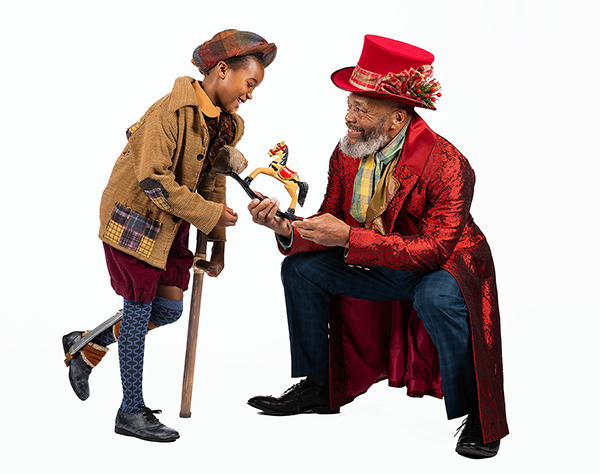
7) Reflecting on your career, are there any performances or productions that hold a special place in your heart? What made them stand out among the rest?
I have two! My first year as an Resident Actor I played Lola in Kinky Boots and it was magical to play that dream role. That was a role I worked harder than ever on. As a person who is a dreamer, that was one of the moments where I could say my dream came true. I’m living the dream I set for myself years ago. I was lucky enough to later on perform this role again with Main Street Theatre in Pennsylvania. It was just as magical. That role will forever mean a lot to me. My second would be The Play That Goes Wrong. That was the most fun show I have ever been in. I played the butler Perkins who had no idea what he was doing in the show. It allowed me to be free and really express what type of actor I am. It was fast paced and always kept me on my toes. The love Perkins got from the audience meant so much to me. All I ever want to do on stage is impact the audience in some way, shape, or form. With a lot of stretching I could do that show for a long time.
Get your tickets to see A CHRISTMAS CAROL, running December 6th – December 22nd, at CharlestonStage.com.

K’nique Eichelberger is originally from Columbia, South Carolina but moved to Brevard, North Carolina where he earned a B.A. in Music and Theatre. He is so excited to be performing with Charleston Stage again. He choreographed A Christmas Carol while he was an Resident Actor and is so happy to be choreographing once again. His recent credits include: Once On This Island (Daniel), The Play That Goes Wrong (Perkins), Kinky Boots (Lola), The Last Five Years (Jamie), Little Shop of Horrors (Audrey II), Into The Woods (Jack), A Streetcar Named Desire (Stanley) and more. He is very thankful for his friends and family who have supported him throughout the years. K’nique is so excited to change lives through creating art at Charleston Stage! Stay tuned on Instagram @nique_tg3

